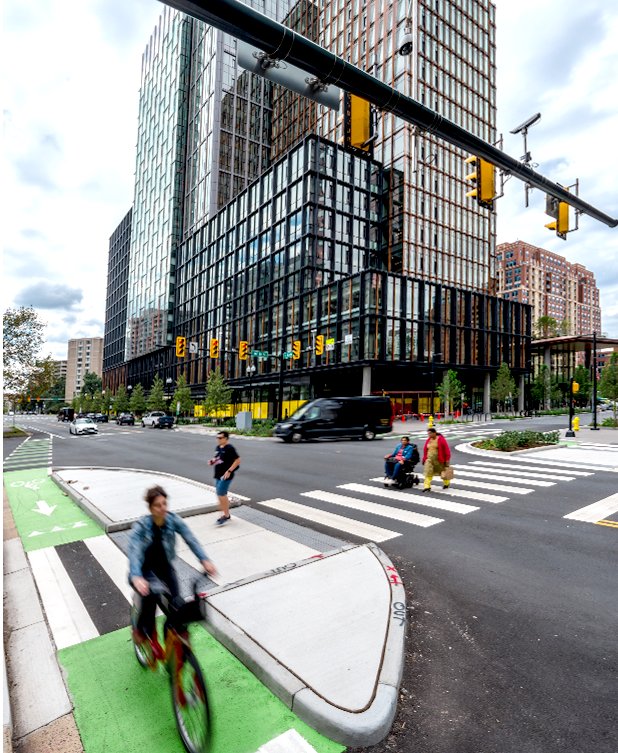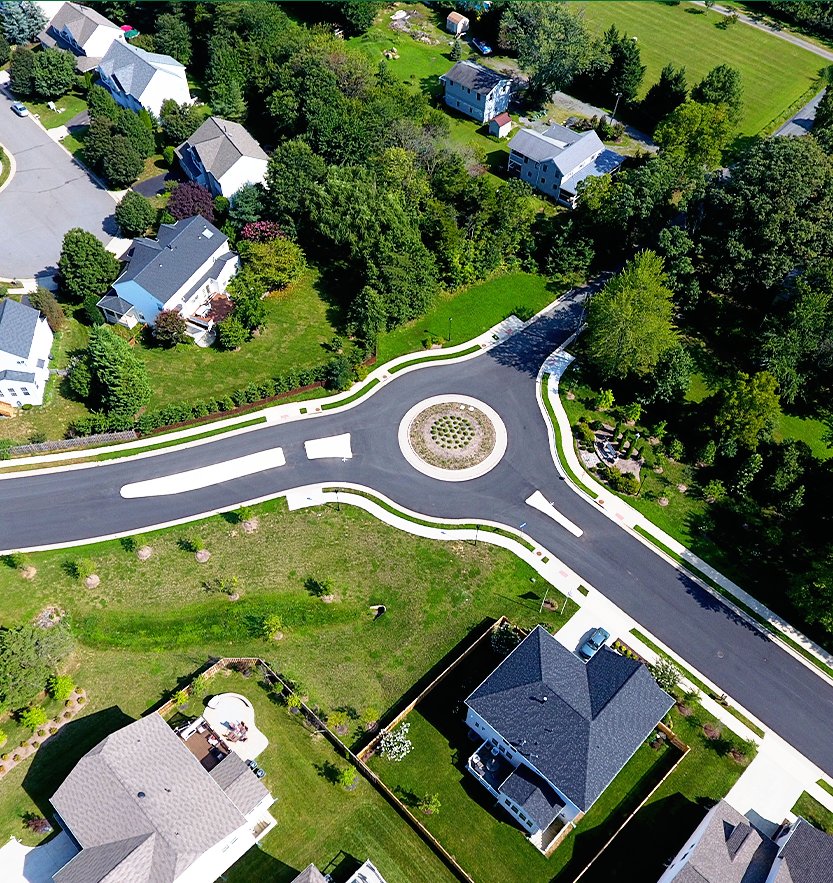Operations
Improving safety and efficiency through rigorous operations planning
Gorove Slade offers a diverse array of transportation analysis services to optimize traffic flow, address congestion challenges, and balance the needs of non-auto modes. Our expertise includes conducting intersection turning movement counts to assess traffic patterns and identify areas for improving intersection efficiency and safety measures.
Additionally, we provide comprehensive traffic operations plans tailored to specific areas, incorporating traffic signal optimization and traffic calming solutions to enhance the overall transportation network. Through performance monitoring plans, Gorove Slade assists transportation agencies in evaluating system effectiveness to make informed decisions for safe and efficient operations.
Intersection Turning
Movement Counts
Data is the foundation of analysis, and the most common form of data collection in transportation engineering is multimodal intersection turning movement counts. These counts, which include the movements of vehicles, bicycles, and pedestrians at intersections, are used to evaluate traffic patterns, assess the efficiency of intersections, and identify potential areas for improvement in traffic flow and safety.
Our team will work with you to determine the optimal times and locations for data collection, ensuring that a high-quality database of traffic count information is available for analysis. We also perform field visits to confirm characteristics of roadway geometry, traffic flow, and operations, allowing our analysis team to craft the best traffic and operational solutions for your project.

Transportation
Demand
Management (TDM)
Transportation Demand Management, or TDM, aims to reduce the number of people who drive alone, typically during commuting rush hours. TDM plans include operational, management, and infrastructure strategies to move people via transit, walking, and biking. For those who must still drive, it encourages carpooling and telecommuting.
TDM plans are necessary because the vehicular elements of our transportation networks, particularly in urban areas, often operate at practical capacity. The ability to expand capacity may be limited by right-of-way, run counter to supporting other modes, or frequently both. Beyond physical constraints, TDM plans also contribute toward sustainability, as reductions in single occupancy vehicle travel provide similar reductions in energy use.
Gorove Slade develops, implements, and monitors TDM programs on behalf of private development clients, Federal agencies, schools, and college campuses. We are very familiar with the latest TDM practices and have extensive experience working with clients to tailor TDM strategies that will be most successful for their specific population and transportation options afforded the site’s location.

Traffic Operations
Plans
Traffic Operations Plans are comprehensive strategies to manage and optimize traffic flow and safety within specific areas, such as cities, neighborhoods, or transportation corridors. These tailored plans encompass measures and initiatives to enhance transportation networks’ efficiency, effectiveness, and safety. When no options for expanding the physical infrastructure exist, the best way to serve demand is to operate existing resources more efficiently.
From traffic signal timing adjustments to intersection upgrades and traffic calming solutions, Gorove Slade offers expertise in developing and implementing customized Traffic Operations Plans to address congestion and improve mobility for all road users, ensuring smoother and safer traffic flow within their clients’ jurisdictions.
Performance
Monitoring Plans
Performance Monitoring Plans are conducted after a project is implemented to measure how well the result has met the goals and objectives. Typically performed annually, they are customized plans that define specific metrics and indicators and assess various aspects of transportation performance, including traffic flow, congestion levels, travel times, safety outcomes, modal splits, and environmental impacts.
Through ongoing monitoring and analysis, Gorove Slade clients make informed decisions, identify trends, and optimize transportation systems to meet established goals and objectives while continuously striving for improvement.
Traffic Signal
Optimization
Signal optimization plans maximize existing traffic signal network operations by reducing congestion and increasing vehicular throughput. Gorove Slade prepares optimization plans through data collection, field visits, and thorough analyses using traffic models and methodologies.
The end product is a set of comprehensive signal timing plans for various scenarios, based on the time of day and day of the week, ready for implementation. Gorove Slade will summarize the findings with brief descriptions of the intersections/corridor and a summary sheet of the new controller settings by phase for each intersection.
Event/Tourism
Operations
Arenas, stadiums, concert venues, museums, and other tourist attractions all have unique traffic demands, often with high parking levels and multi-modal demands. Gorove Slade’s team of transportation experts can help predict and prepare for these demands and to keep people moving smoothly to and from events.
We start by building a profile of the transportation demand of event patrons, including when they arrive and depart, where they are coming from and going to, which modes they use, and how many people arrive per car. In our experience, each of these factors can change depending on the type of event, the time of day, and the day of the week of the event. With background data collected, the team creates strategies to meet the transportation demand.
We also assemble operations plans for events, which contain specific details of how the transportation system surrounding the event should be managed on event days. This includes any temporary signing and wayfinding, the deployment of event-day traffic signal timings and placement of traffic officers at intersections, parking restrictions, and other management strategies. The combination of predicting travel demand needs and proposing solutions before an event venue is constructed, with event-day operations plans that maximize the efficiency of the transportation network and create successful events.
